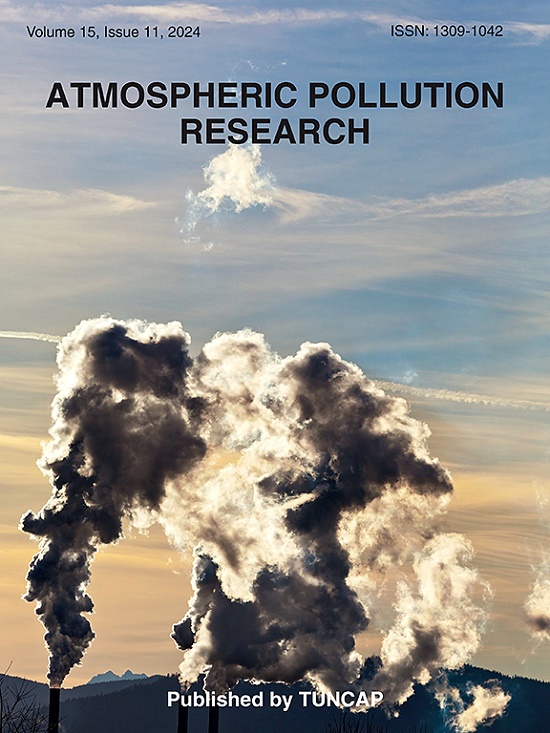真菌暴露在住宅室内环境中的潜在呼吸危害:系统综述
IF 3.5
3区 环境科学与生态学
Q2 ENVIRONMENTAL SCIENCES
引用次数: 0
摘要
随着人们对室内环境健康的日益关注,与微生物接触有关的健康风险受到越来越多的关注。真菌作为无处不在的空气微生物,释放孢子和代谢物,可引发过敏反应,并有助于哮喘和鼻炎等呼吸系统疾病的发作或恶化。然而,对室内真菌污染与呼吸系统健康之间关系的系统评估仍然有限,特别是在真实暴露条件下。本综述通过Web of Science、PubMed和谷歌Scholar的综合文献检索进行,涵盖1990年至2025年的研究。总共纳入了94项研究,其中31项关于真菌来源,48项关于呼吸健康影响,15项关于居住环境中的预防策略。研究结果表明,建筑变质是真菌的主要来源,尤其是引起青霉菌和曲霉菌的增殖,建筑材料影响着菌种分布。各种环境来源的丝状真菌与变应性鼻炎、哮喘、扁桃体炎、腺样体肥大和肺功能受损有关。目前的缓解办法侧重于化学和物理控制措施。本文综述了室内环境中真菌暴露源、对呼吸健康的影响及其潜在机制,为预防和控制住宅环境中真菌相关疾病提供科学见解。本文章由计算机程序翻译,如有差异,请以英文原文为准。
Potential respiratory hazards of fungal exposure in the residential indoor environment: a systematic review
As concern over indoor environmental health increases, the health risks associated with microbial exposure have received growing attention. Fungi, as ubiquitous airborne microorganisms, release spores and metabolites that can trigger allergic responses and contribute to the onset or exacerbation of respiratory diseases such as asthma and rhinitis. However, systematic evaluations of the relationship between indoor fungal contamination and respiratory health remain limited, especially under real-world exposure conditions. This review was conducted via comprehensive literature search on Web of Science, PubMed, and Google Scholar, covering studies from 1990 to 2025. A total of 94 studies were included, comprising 31 on fungal sources, 48 on respiratory health impacts, and 15 on prevention strategies in residential environments. Findings show that building deterioration, especially causing Penicillium and Aspergillus proliferation, is a major fungal source, and building materials affect species distribution. Filamentous fungi from various environmental sources are associated with allergic rhinitis, asthma, tonsillitis, adenoid hypertrophy, and impaired lung function. Current mitigation approaches focus on chemical and physical control measures. This review provides an integrated overview of fungal exposure sources in indoor environments, their respiratory health implications, and the underlying mechanisms, offering scientific insights for prevention and control of fungus-related diseases in residential settings.
求助全文
通过发布文献求助,成功后即可免费获取论文全文。
去求助
来源期刊

Atmospheric Pollution Research
ENVIRONMENTAL SCIENCES-
CiteScore
8.30
自引率
6.70%
发文量
256
审稿时长
36 days
期刊介绍:
Atmospheric Pollution Research (APR) is an international journal designed for the publication of articles on air pollution. Papers should present novel experimental results, theory and modeling of air pollution on local, regional, or global scales. Areas covered are research on inorganic, organic, and persistent organic air pollutants, air quality monitoring, air quality management, atmospheric dispersion and transport, air-surface (soil, water, and vegetation) exchange of pollutants, dry and wet deposition, indoor air quality, exposure assessment, health effects, satellite measurements, natural emissions, atmospheric chemistry, greenhouse gases, and effects on climate change.
 求助内容:
求助内容: 应助结果提醒方式:
应助结果提醒方式:


